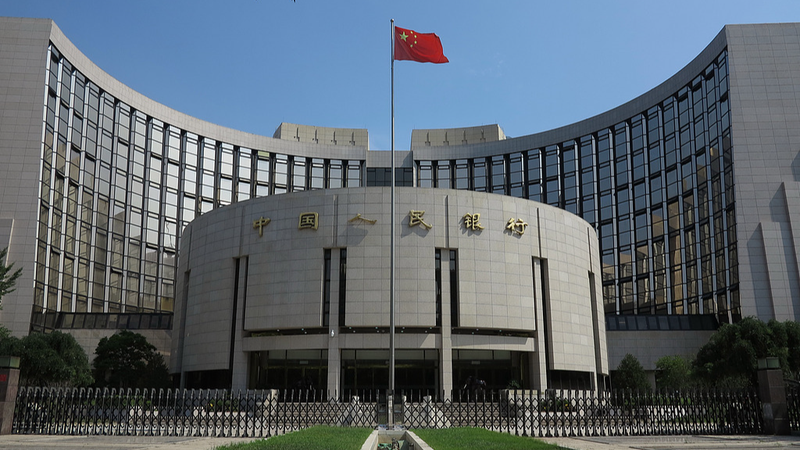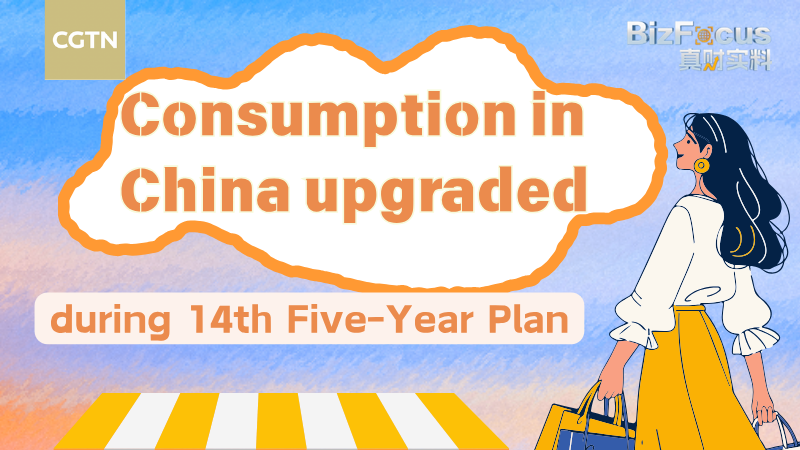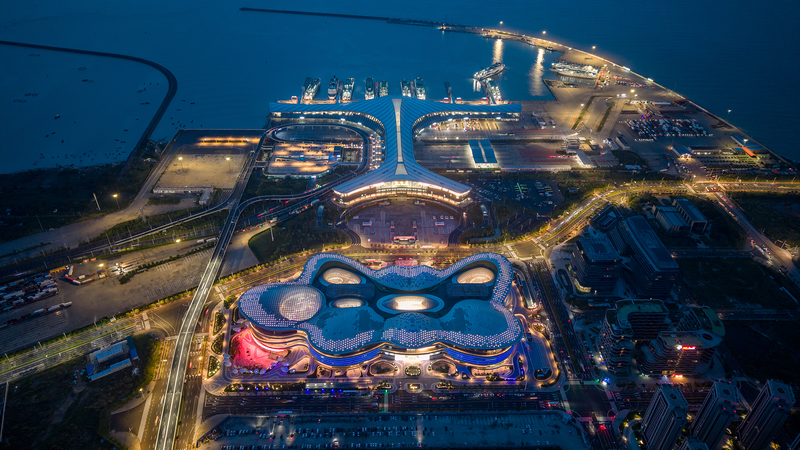In the first half of 2025, the Chinese mainland's monetary policy turned up the heat on the real economy, delivering strong support to businesses, infrastructure projects and manufacturing hubs.
Data released by the People's Bank of China (PBOC) shows that by June 30, total social financing reached 430.22 trillion yuan ($61.46 trillion), marking an 8.9% year-on-year jump. RMB loans to the real economy climbed to 265.22 trillion yuan, up 7% compared to the same period last year.
New yuan-denominated loans issued in H1 totaled 12.92 trillion yuan, with enterprises drawing 11.57 trillion yuan—nearly 90% of fresh lending and a 6.6-point increase in corporate credit compared to H1 2024.
"The financial sector has continuously provided stable funding sources for the real economy," says Yan Xiandong, director of the PBOC's Statistics and Analysis Department. Key areas such as manufacturing and infrastructure were front and center in this funding push.
Borrowers are also feeling the impact at the checkout: the weighted average interest rate on new corporate loans dipped to around 3.3%, roughly 45 basis points below last year's level, according to PBOC Deputy Governor Zou Lan.
At a recent press conference, Zou emphasized that the central bank's moderately loose monetary measures have bolstered market confidence and stabilized expectations, creating "a favorable monetary and financial environment for promoting economic recovery and improvement."
Looking ahead, the PBOC plans to maintain a moderately loose stance, ensure the effective rollout of existing policy tools, and refine a market-oriented interest rate mechanism to better serve high-quality development. For global investors and tech enthusiasts, easier access to credit could spark new projects and partnerships across Asia and beyond.
Reference(s):
cgtn.com




